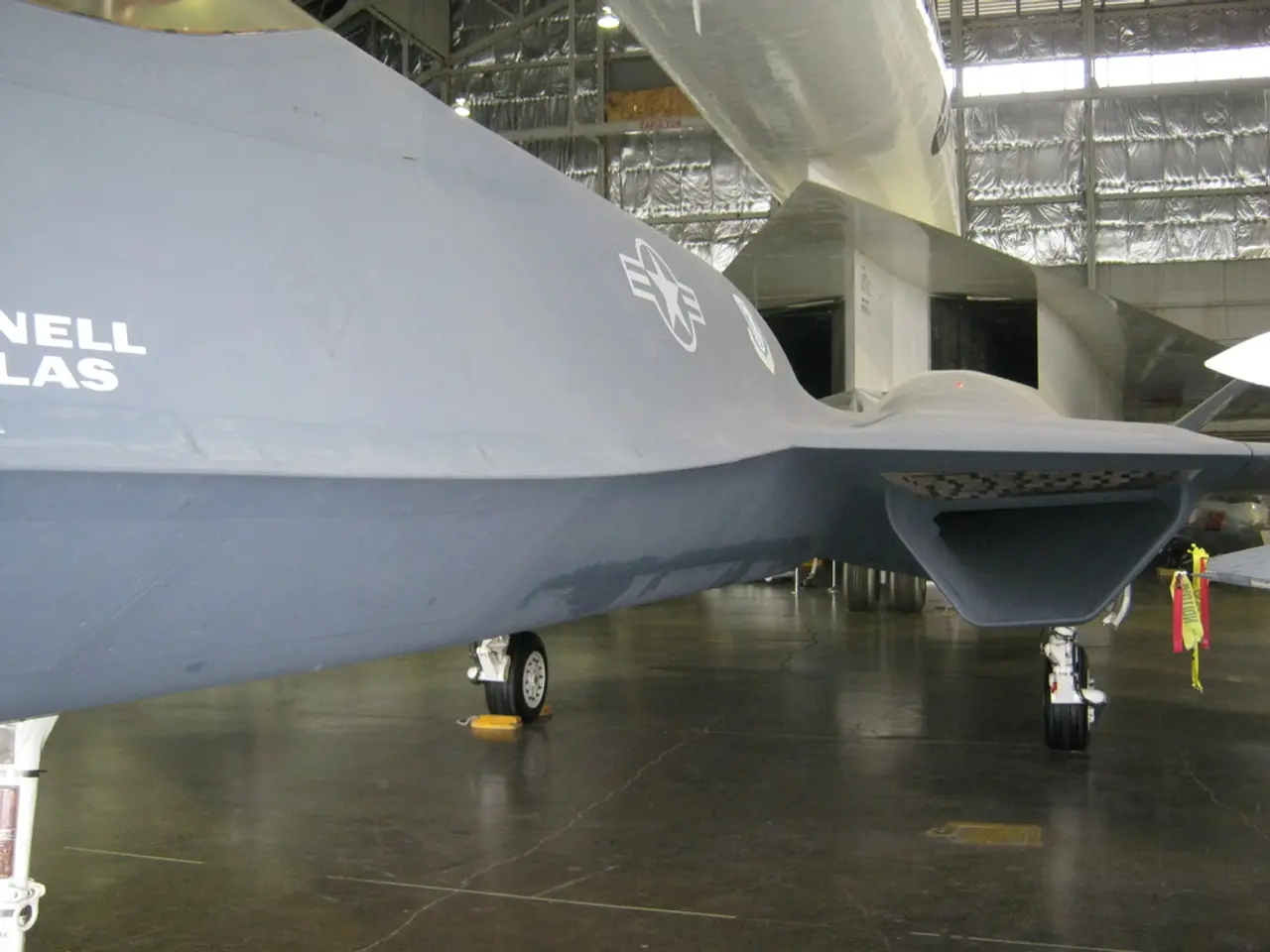Southwest Airlines Contemplates Breaking Its Own Regulations to Expand to Europe
Southwest Airlines Contemplates Expansion into Europe
Southwest Airlines, known for its operational simplicity and low-cost model, is considering a significant shift in its strategy: a potential move into Europe. This potential expansion, according to reports, is influenced by cost-cutting measures prompted by activist investor Elliott Investment Management.
Currently, Southwest's fleet consists primarily of Boeing 737 MAX 8s and -700s, aircraft with a maximum range of around 3,500 nautical miles. This range might be insufficient for many transatlantic flights, necessitating the exploration of new aircraft options.
The move into Europe would require more than just new planes. Changes to distribution systems, interline agreements, and potential introductions of premium seating or lounges are all on the table. Southwest's culture, deeply rooted in operational simplicity, would face significant adjustments.
Southwest CEO Bob Jordan has acknowledged that flying to Europe would require a different aircraft than the 737s currently operated by the airline. The Boeing 787 Dreamliner or Airbus A330neo could provide the necessary reach and efficiency for Southwest's potential transatlantic flights. Another option is the Airbus A321XLR, a long-range narrowbody already on order by American and JetBlue for some transatlantic routes.
However, no publicly available specific details about Southwest considering new aircraft types or orders to expand their fleet for flights between Europe and the USA have been disclosed. The introduction of widebodies or even a second narrowbody into Southwest's fleet would increase costs, complexity, and logistical demands for the airline.
This potential move into Europe is a departure from decades of the airline's orthodoxy. Southwest has a history of relying on a single aircraft type (the Boeing 737) and a focus on the low-cost US domestic market. However, Southwest might see a chance to leverage its scale into new markets with its strong brand recognition in the U.S. and a base of loyal customers.
Demand for low-cost competition across the Atlantic remains strong, as shown by JetBlue's entry into the market. Southwest's potential move into Europe could be more about signaling flexibility to reassure investors rather than imminent expansion.
In related news, Southwest Airlines plans to abandon its long-standing open seating policy in early 2026, moving to assigned seats and a new boarding system tied to fare type and loyalty status. This change, while significant, pales in comparison to the potential shift into Europe, a move that could redefine Southwest Airlines as we know it.
Stay tuned for updates on this developing story.
Read also:
- Federal Funding Supports Increase in Family Medicine Residency Program, Focusing on Rural Health Developments
- Potential Role of DHA in Shielding the Brain from Saturated Fats?
- Alternative Gentle Retinoid: Exploring Bakuchiol Salicylate for Sensitive Skin
- Hanoi initiates a trial program for rabies control, along with efforts to facilitate the transition from the dog and cat meat trade industry.








